These days, few retail establishments still ask their staff
to mentally tally up customer purchases.
Medical practices are moving patient records online to minimize error and improve transportability.
But when the term lab automation is mentioned, people immediately imagine costly liquid handling robots and overlook the fundamental value of protecting samples from tragic mistakes.
The process of transforming the way samples are stored begins with a small shift and purchasing just a few tools.
Labeling cryovials is risky and prone to mistakes
The current method of manually labeling cryogenic vials places a lot of trust in handwriting skills.
A smudged digit or unintelligible symbol separates between the correct or incorrect sample.
Using an electronic labeler that prints on ultra-cold temperature safe labeling tape can prevent undecipherable notations but does not eliminate the risk of the label separating from the cryovial.
2D barcoded cryovials are managed electronically
2D cryovials are cryogenic vials with a unique barcode embedded in the base that can never be separated from the tube.
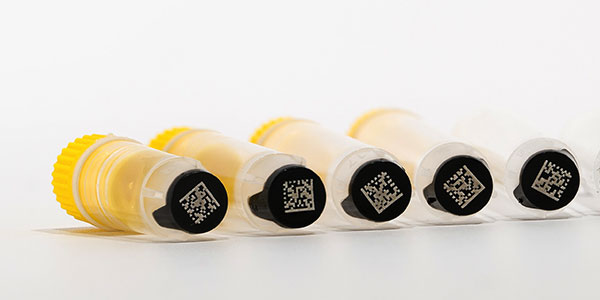
When used together with a simple barcode reader, an electronic record is created that identifies the contents of the tube beyond a shadow of a doubt.
With 2D barcoded cryovials and a barcode reader, many more data points can be entered than possible to write on the outside of the tube.
Instantly discover the date the sample was collected, the collection location and the technician who handled the sample.
Are there different kinds of 2D barcoded cryovials?
Yes. 2D barcoded vials are available with three different closure options. External or internal threaded caps, and septum caps.
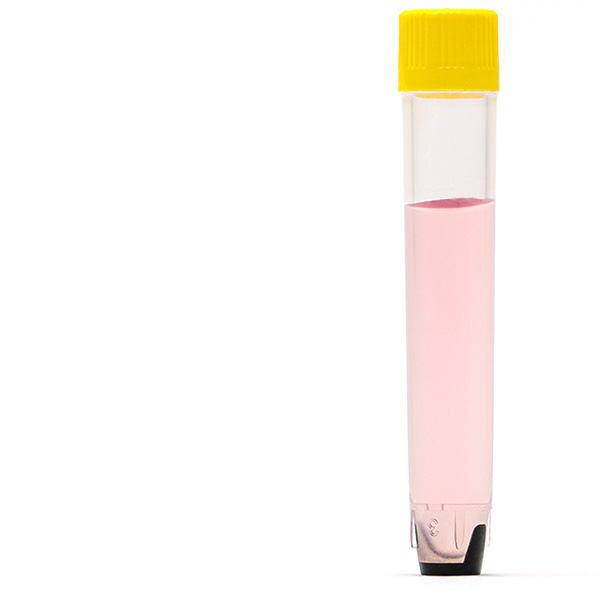
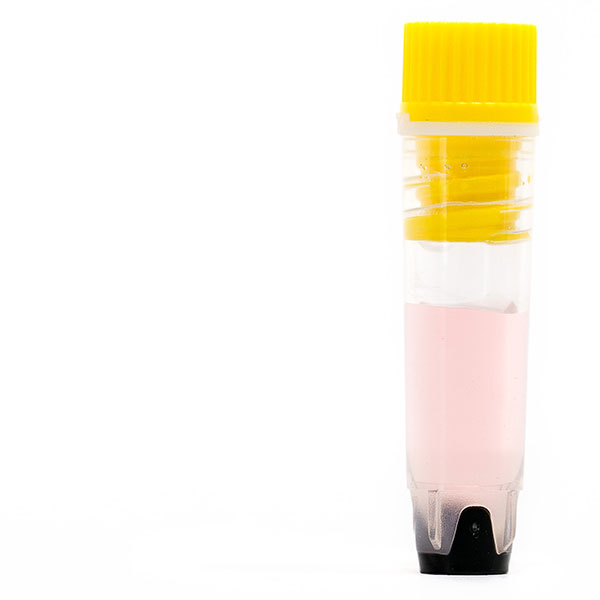
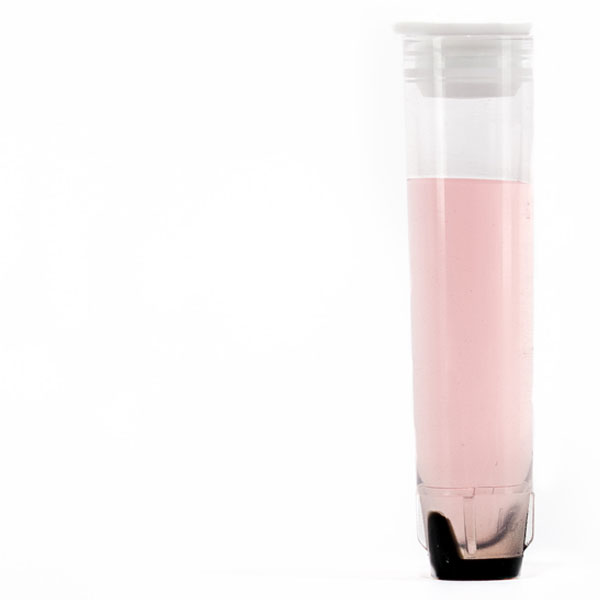
Threaded 2D barcoded tubes are needed when storing samples at temperatures approaching -190C, while septum (push on) caps are acceptable for -80C.
Internal and external thread 2D barcoded tubes are compatible with capper/de-cappers while septum caps are not.
2D barcoded vials typically range as low as 0.5mL up to 5mL in volume, and can be bought in bulk bags, large (9x9) racked or SBS formatted when used with robotic liquid handlers.
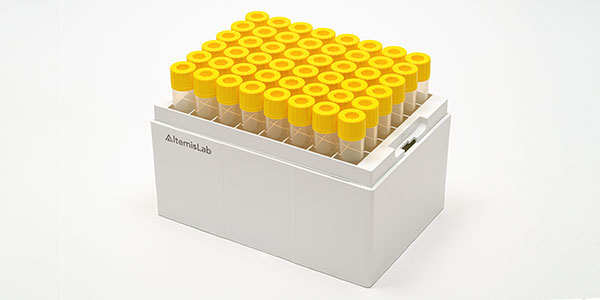
What is needed to begin organizing samples with 2D barcoded tubes
Organizing samples with 2D barcoded tubes use all the items seen below.
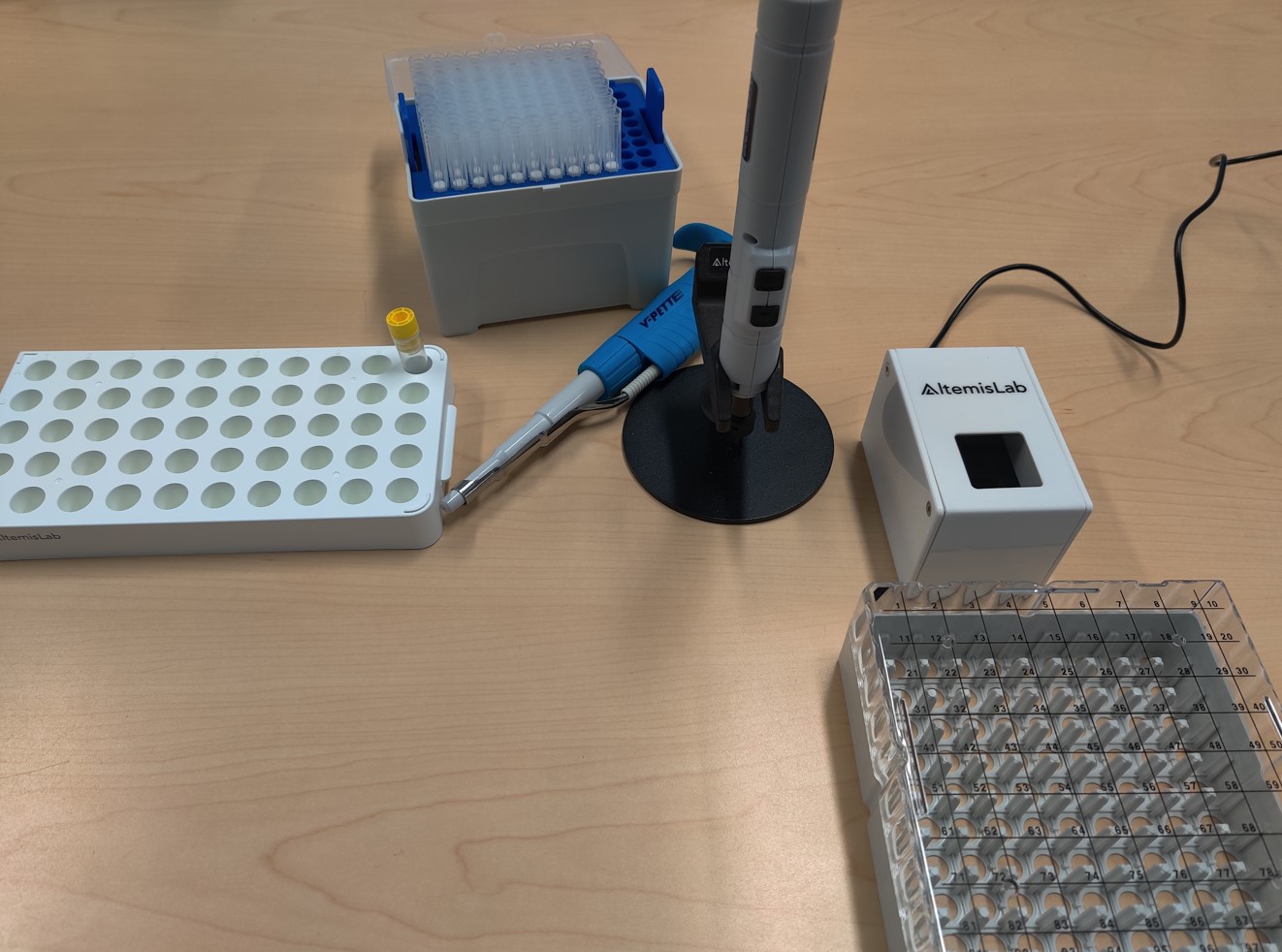
- A pipette and pipette tips for liquid handling
- 2D barcoded cryovials
- A barcode reader – a single tube scanner is inexpensive
- Optional, but highly desirable – An electronic capper/de-capper to secure caps and speed up processing time.
- A storage rack – Racks can be large format, like this 9 x 9 one, or SBS footprint for use with robotic liquid handlers.
How do I organize samples with 2D barcoded vials?
Organizing lab samples using 2D barcoded vials requires no additional steps but replaces the labeling process with scanning.
Once the sample has been loaded, use a single-tube barcode reader that has been connected to a computer to read and identify the tube.
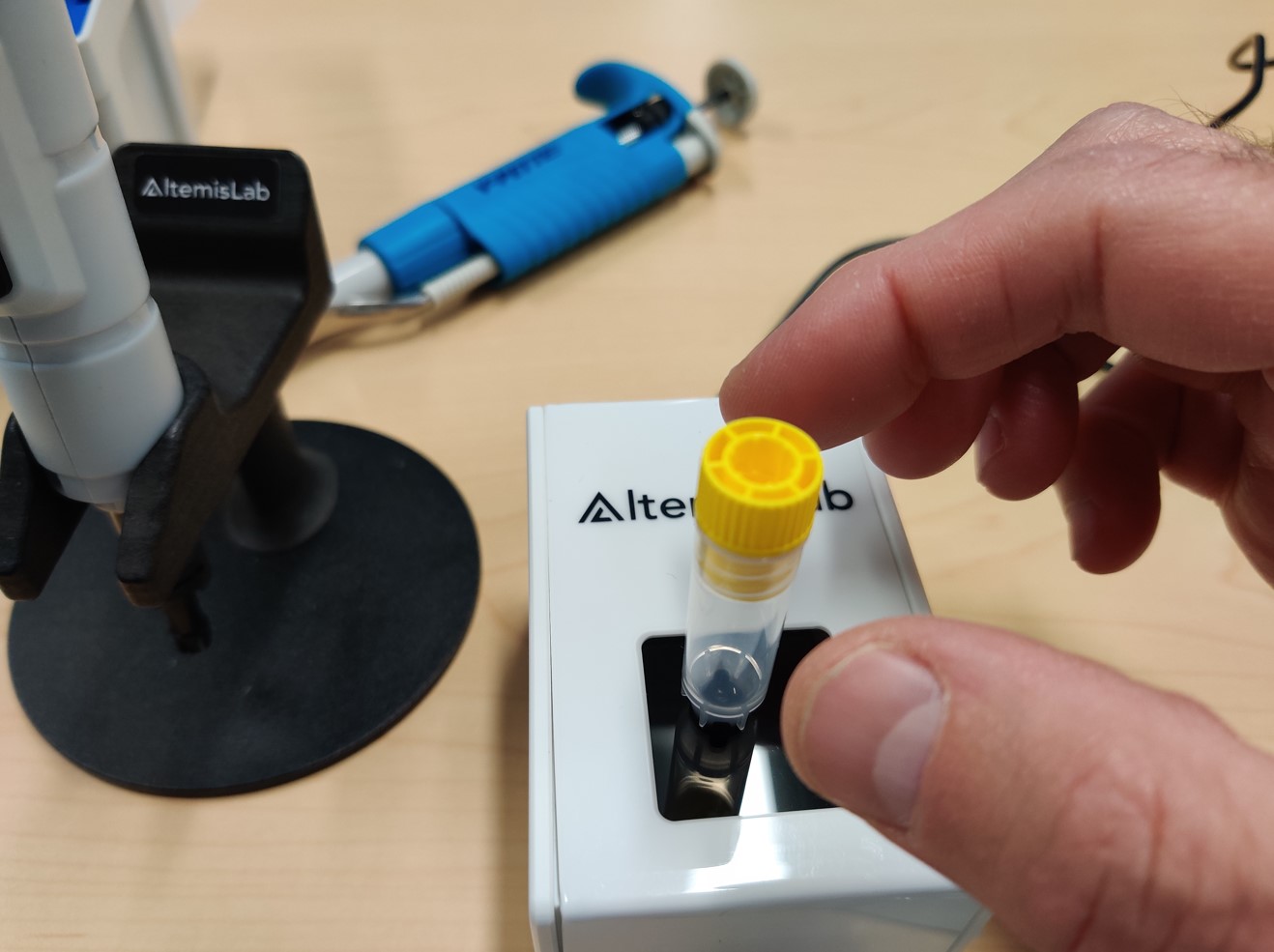
Fill in the data fields and save, then place the cryovial in a tube rack and store in the freezer.
To retrieve a sample, scan the bottom of the 2D barcoded vial to bring up the record and confirm the selection was correct.
When the lab is ready to take the next step, purchase a large barcode reader that can scan an entire rack of tubes at once and pinpoint the desired sample.
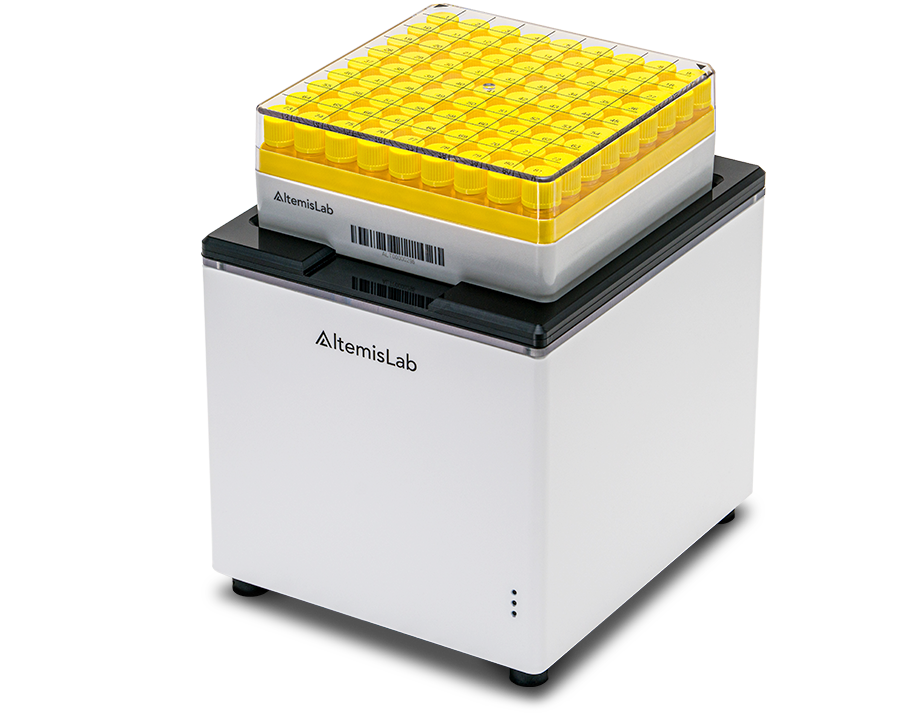
Stellar Scientific and AltemisLab offer complete 2D barcoded tube storage solutions for organizing samples


